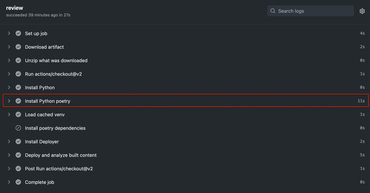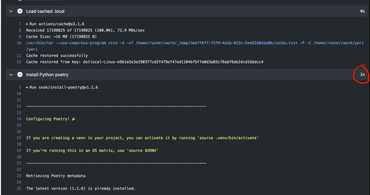I just have to write this down because that's the rule; if I find myself googling something basic like this more than once, it's worth blogging about.
Suppose you have a string and you want to pad with empty spaces. You have 2 options:
>>> s = "peter"
>>> s.ljust(10)
'peter '
>>> f"{s:<10}"
'peter '
The f-string notation is often more convenient because it can be combined with other formatting directives.
But, suppose the number 10 isn't hardcoded like that. Suppose it's a variable:
>>> s = "peter"
>>> width = 11
>>> s.ljust(width)
'peter '
>>> f"{s:<width}"
Traceback (most recent call last):
File "<stdin>", line 1, in <module>
ValueError: Invalid format specifier
Well, the way you need to do it with f-string formatting, when it's a variable like that is this syntax:
>>> f"{s:<{width}}"
'peter '

